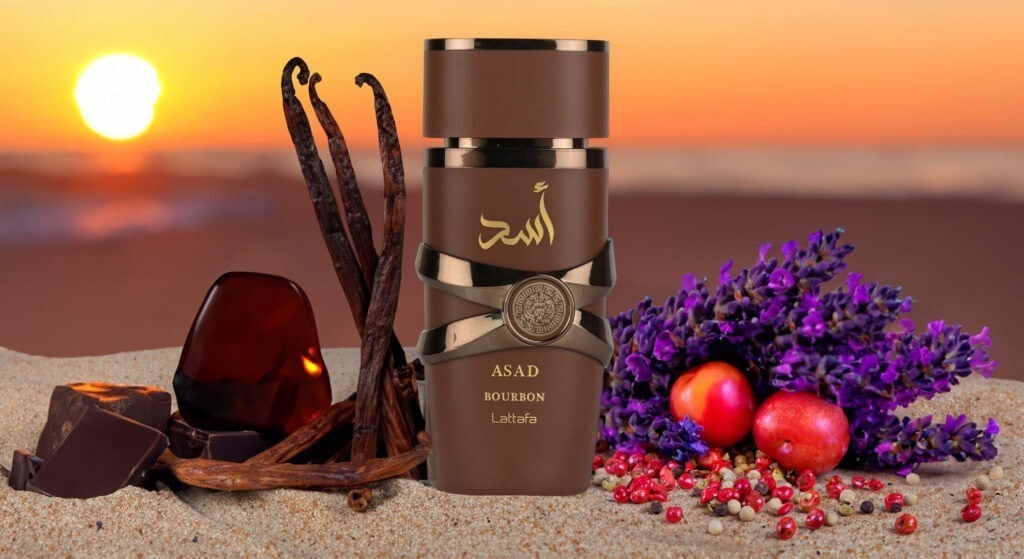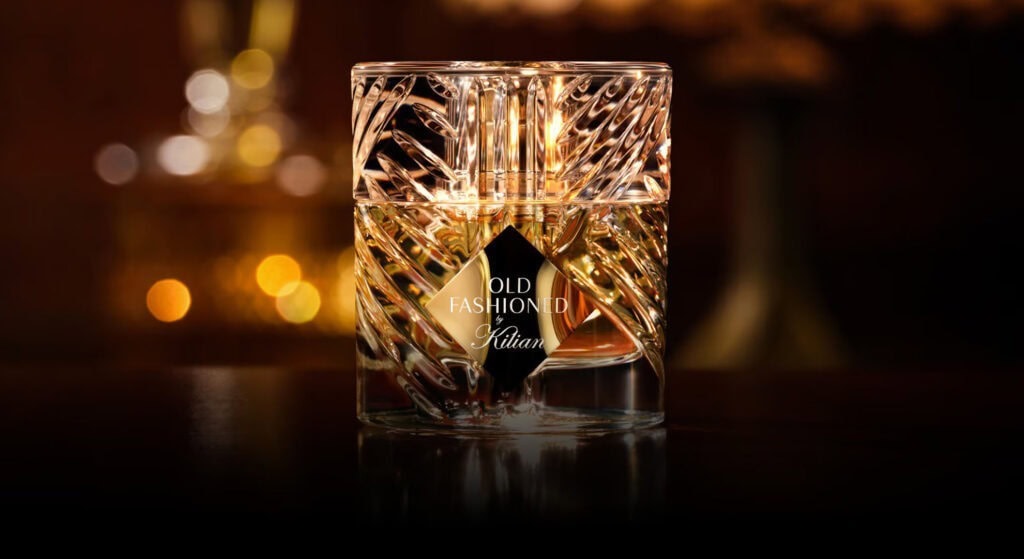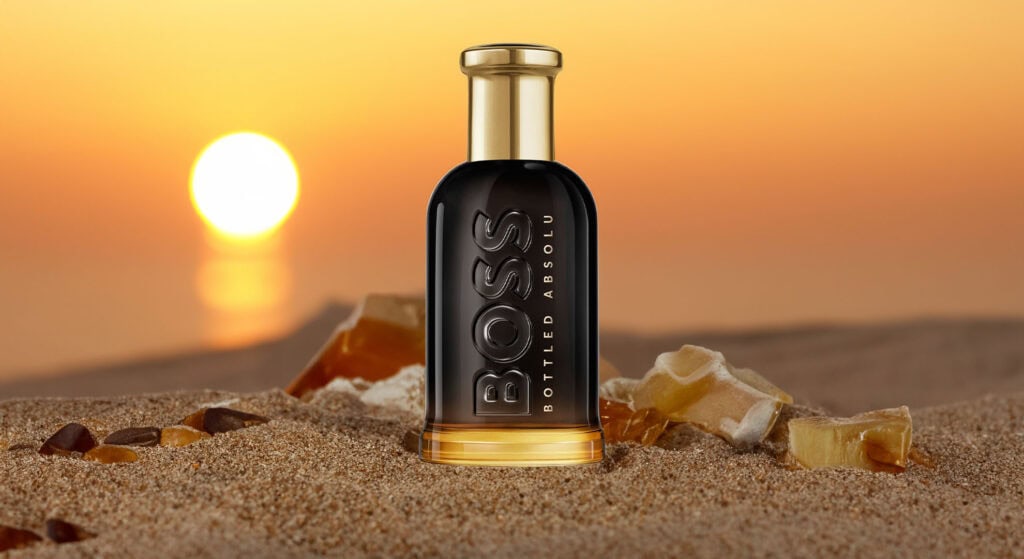The Allure of Davana in Perfumery: Extraction, Blending, and Signature Scents
Davana, an aromatic herb with a distinctively sweet, fruity, and herbaceous scent, has become a cherished ingredient in the realm of perfumery. Renowned for its complex and evolving fragrance profile, davana adds a unique character to perfumes, often shifting its scent to harmonize with the wearer’s skin. This article delves into how davana is used in perfumery, exploring its extraction process, the art of blending it with other notes, and some of the most iconic fragrances where davana plays a key role.
Extracting the Essence of Davana
Davana, scientifically known as Artemisia pallens, is a plant native to India, particularly cultivated in the southern regions. The extraction of its aromatic essence is a delicate process, aimed at capturing the full spectrum of its multifaceted scent.
- Steam Distillation: The most common method for extracting davana essential oil is steam distillation. The flowering tops of the plant are harvested and then subjected to steam, which helps release the volatile aromatic compounds. The steam is then condensed, and the essential oil is separated from the water. The resulting davana oil is rich, fruity, and herbaceous, with a complexity that makes it highly valued in perfumery.
- CO2 Extraction: An alternative and modern method, CO2 extraction, involves using supercritical carbon dioxide to extract the aromatic compounds from the davana plant. This method is known for producing a pure and concentrated oil that retains the intricate nuances of davana’s scent, including its fruity and slightly boozy undertones.
The Art of Blending Davana in Fragrance Creation
Davana’s unique scent profile, which can be both sweet and herbaceous with a hint of fruitiness, makes it a versatile ingredient in perfumery. Its ability to adapt to the wearer’s skin means it can bring an individualized touch to any fragrance.
- Oriental and Spicy Blends: Davana shines in oriental perfumes, where its sweet and fruity notes can soften and complement the richness of spices and resins. When blended with notes like patchouli, amber, and cinnamon, davana adds a lively and slightly exotic sweetness that balances the deep, warm aspects of these compositions. Guerlain’s Mitsouko is a prime example, where davana’s fruity note adds a fresh, intriguing twist to the classic chypre composition.
- Floral and Fruity Combinations: Davana pairs beautifully with floral notes, enhancing their natural sweetness and adding a unique, almost wine-like quality. When combined with roses, jasmine, or tuberose, davana elevates the floral bouquet, making it more complex and long-lasting. Miller Harris’s La Pluie features davana as a key component, where it blends with ylang-ylang, lavender, and vetiver, creating a scent that is both fresh and warm.
- Gourmand and Sweet Scents: In gourmand perfumes, davana adds a sophisticated sweetness that complements edible notes like vanilla, caramel, and honey. The herbaceous undertone of davana also prevents these fragrances from becoming overly sweet, adding depth and a slight edge. Amouage’s Sunshine Woman showcases davana alongside white florals, almond, and vanilla, resulting in a fragrance that is as radiant as it is comforting.
- Woody and Earthy Accords: Davana’s ability to blend with woody and earthy notes makes it a perfect addition to fragrances that aim for a natural, grounded scent. When combined with cedarwood, sandalwood, or vetiver, davana adds a touch of sweetness and a fruity lift that complements the dry, earthy base. Hermès’s Terre d’Hermès Eau Intense Vétiver subtly incorporates davana to enhance the vetiver and cedarwood, creating a scent that is both vibrant and grounded.
Iconic Fragrances Featuring Davana
Several perfumes have become known for their use of davana, highlighting its ability to add a distinctive, adaptable sweetness and complexity to a fragrance.
- Guerlain Mitsouko: A legendary fragrance, Mitsouko incorporates davana to add a fruity, slightly boozy note that enhances the classic chypre structure of peach, jasmine, and oakmoss. The result is a scent that is timeless and mysterious.
- Miller Harris La Pluie: In this fragrance, davana plays a central role, blending with ylang-ylang, lavender, and vetiver to create a fresh, warm, and comforting scent that evokes the feeling of a soft rain shower.
- Amouage Sunshine Woman: A bright and luxurious fragrance, Sunshine Woman uses davana alongside white florals, almond, and vanilla to create a scent that is both sweet and sophisticated, with an underlying warmth.
- Hermès Terre d’Hermès Eau Intense Vétiver: This fragrance subtly incorporates davana to add a fruity lift to the woody and earthy base notes of vetiver and cedarwood, resulting in a scent that is vibrant and refined.
The Distinctive Appeal of Davana in Perfumery
Davana’s complex and adaptable scent profile has made it a unique and valuable ingredient in perfumery. Its ability to blend seamlessly with a wide range of fragrance families—from oriental and spicy to floral, gourmand, and woody—ensures that davana can add a distinctive, personalized touch to any scent. Whether adding a fruity twist to a classic composition or enhancing the sweetness of a gourmand fragrance, davana’s presence in perfumery is both versatile and timeless. Iconic fragrances like Guerlain’s Mitsouko, Miller Harris’s La Pluie, and Amouage’s Sunshine Woman showcase the enduring appeal of davana, proving that its rich, evolving aroma is a treasure in the world of scent creation.




